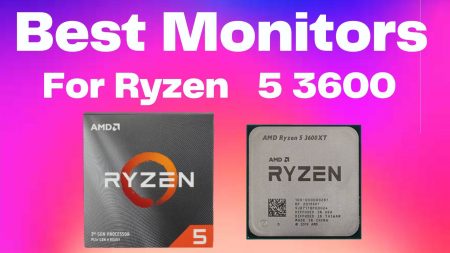When it comes to connecting hard drives to your computer, having a solid understanding of the different types of cables is crucial.
The right cable ensures reliable data transfer, optimal performance, and compatibility with your devices. In this comprehensive guide, we will explore the various types of hard drive cables available in the market.
Whether you are a seasoned computer enthusiast or a newbie looking to expand your knowledge, this article aims to provide you with valuable insights into the world of hard drive connectivity.
Section 1: SATA Cables
Question: What is a SATA cable, and what is its purpose?

SATA (Serial Advanced Technology Attachment) cables are widely used for connecting internal hard drives, solid-state drives (SSDs), and optical drives to the motherboard of a computer. These cables provide a reliable and high-speed data transfer interface, making them a popular choice among computer users. With a small form factor and easy installation process, SATA cables have become the standard for connecting storage devices in modern computers.
Section 2: IDE Cables
Question: What are IDE cables, and are they still relevant?

IDE (Integrated Drive Electronics) cables, also known as Parallel ATA (PATA) cables, were widely used in older computer systems. These cables provided the primary means of connecting internal hard drives, CD/DVD drives, and other peripherals. However, with the advancement of technology and the introduction of SATA cables, IDE cables have become less prevalent in modern computing. Most modern motherboards and storage devices no longer support IDE connections.
Section 3: USB Cables
Question: Can USB cables be used to connect external hard drives?

USB (Universal Serial Bus) cables are the most versatile and widely used cables for connecting various devices, including external hard drives. USB 3.0 and USB 3.1 cables offer high-speed data transfer rates and are backward compatible with older USB standards. USB cables provide a convenient plug-and-play solution, making them popular among users who frequently use external storage devices or need to transfer data between different computers.
Section 4: Thunderbolt Cables

Thunderbolt cables are high-performance cables that support lightning-fast data transfer rates and daisy-chaining capabilities.
Initially developed by Intel in collaboration with Apple, Thunderbolt technology has gained popularity for its versatility and speed.
Thunderbolt cables are compatible with both Mac and PC systems and provide a single cable solution for connecting multiple devices, including hard drives, monitors, and docking stations.
Section 5: eSATA Cables

eSATA (external Serial Advanced Technology Attachment) cables are designed specifically for connecting external storage devices to a computer.
These cables offer faster data transfer speeds compared to USB connections, making them an excellent choice for users who require high-performance external storage. eSATA cables provide a secure and stable connection and are commonly used by professionals working with large files, such as video editors and graphic designers.
Frequently Asked Questions:
Q1: Can I use a SATA cable for connecting an external hard drive?
A1: SATA cables are primarily designed for internal connections. For external hard drives, it’s recommended to use USB, Thunderbolt, or eSATA cables.
Q2: Are all USB cables the same?
A2: USB cables come in different versions, such as USB 2.0, USB 3.0, and USB 3.1. The version determines the data transfer speed, with newer versions offering faster rates.
Q3: Can I mix and match different types of cables?
A3: In most cases, cables are not interchangeable. It’s important to use the appropriate cable for your specific device and its supported connectivity options.
Conclusion:
Understanding the various types of hard drive cables is essential for ensuring optimal performance and compatibility with your storage devices.
SATA cables are commonly used for internal connections, while USB, Thunderbolt, and eSATA cables are preferred for external devices. By selecting the right cable for your needs, you can enhance data transfer speeds, simplify connectivity, and make the most out of your hard drives.
Remember to always check your device’s specifications and compatibility requirements before purchasing or using any cables to ensure a seamless and efficient connection.
Meta Description: Enhance your knowledge of hard drive cables with this comprehensive guide. Learn about SATA, IDE, USB, Thunderbolt, and eSATA cables and their functionalities, benefits, and compatibility. Discover which cable is right for your needs and ensure optimal performance for your hard drives.

